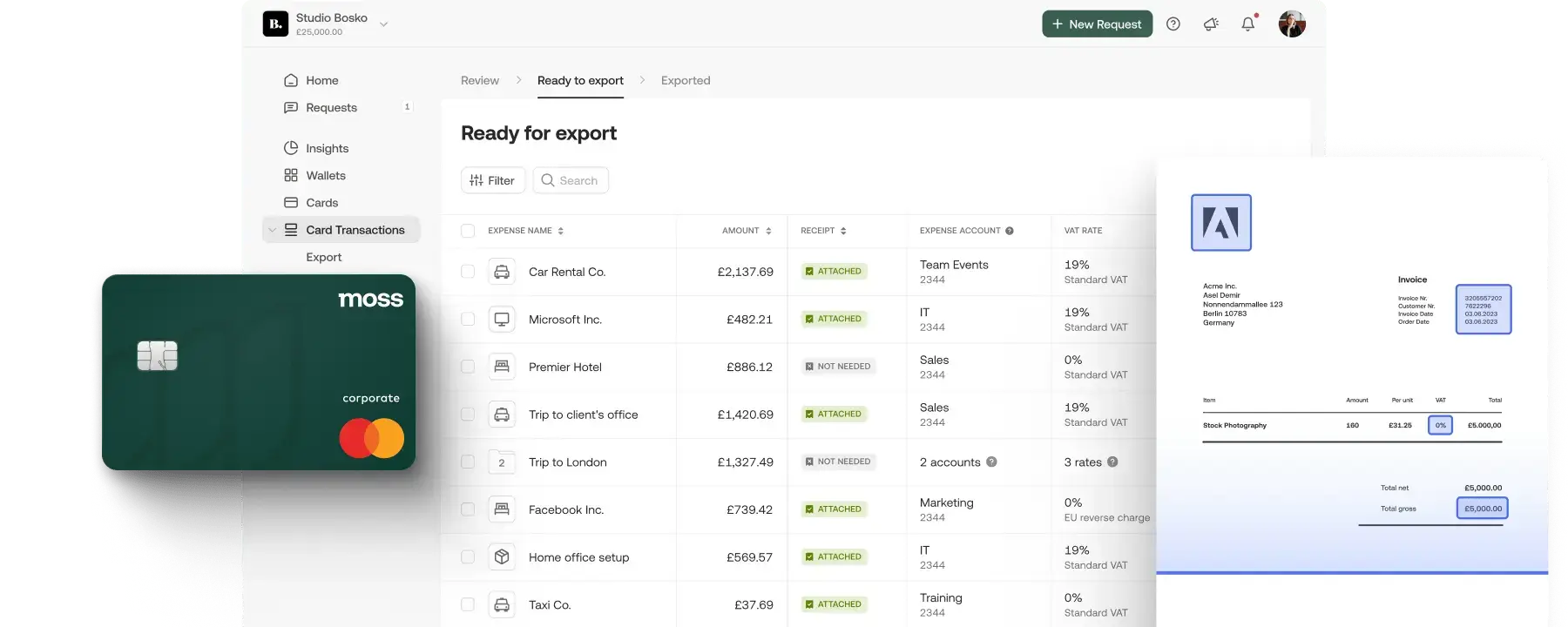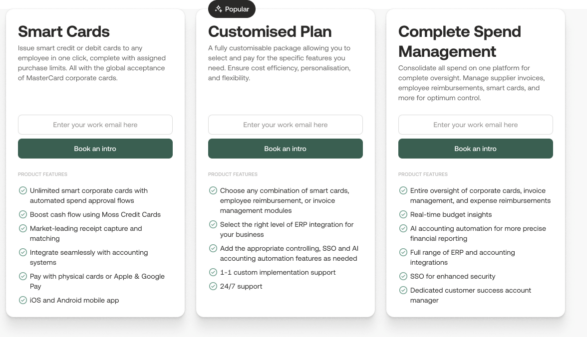Have you ever asked yourself: What is a sort code, and what is it used for? Don’t worry, the variety of digits on a card can indeed be quite confusing. So fear not, we are here to help you out with useful information and tips. This article will tell you more about the special number, what it stands for and how you can easily detect it to send and receive payments. Let’s get started!
Definition: What is a sort code?

Many people in the UK as well as foreigners from outside the country get confused by a certain number. Maybe you have also wondered: What is a bank sort code, and what is its purpose? In short: It is used to identify your bank during a transaction process. The order and digits used are arranged in a way that clearing systems can figure out with which bank you have an account. You need this information to both send and receive payments.
When setting up an account with a bank of your choice, you will get a unique account number within the bank’s system, which is linked to their specific sort code. This functions as your individual account information.
What is a branch sort code – and what is a bank sort code?
Sometimes people use this term to emphasize that the sort code is especially referring to a certain branch of a bank. Others simply call it a bank sort code. This is all a little misleading, as every sort code contains the necessary information to both link payments to your bank and to the respective branch that has created the account.
What does a sort code look like?

To figure out, which number is the account number and which one is a sort code, you can look out for several characteristics. While the account numbers in the UK are usually 8 digits long, the sort code only contains six digits.
It is common to separate the paired numbers by dashes. This gives you another hint when looking for your sort code in documentation or imprinted on one of your credit or debit cards.
Where is the sort code?

Now that we know what the number is about, there is one important question left: how to find the sort code and account number. Giving out that information is necessary in order to receive payments – for example from employers, customers, family, or friends. To find it, you have several options: have a look at one of your cards which are linked to your bank account,
Where is the sort code on a card?
Every bank has its own card design, so you should have a look at both sides of the card in order to find it. For credit cards from Barclay’s, for example, check out the embossed numbers in the front. The sort code is the one that contains six digits and is separated by dashes.
Where is the sort code on a cheque?
For cheques, it is common for banks to print the sort code on the bottom of the paper. When you have a look at the cheque, you will usually see three numbers in a specific machine-type font. The first one is the cheque number, the second is the sort code and the third refers to your account number.
Where is a sort code in online banking?
To find the sort code in your online banking, you need to log in to a browser or your banking app. You typically find the number within your account details, on digital bank statements in your mailbox.
Is it safe to share sort code and account number?
In general, it is safe to share your account number and sort code if you expect payments from them. Just like with every issue that is related to personal information and sensitive data, you should be careful to whom and where you disclose that information.
Personal debit and credit card details that you should handle privately are:
- PIN
- Card number
- CVV (three-digit card verification value)
- Card expiry date
This information allows others to make payments and withdrawals without your consent, and should therefore only be accessible to you to avoid financial fraud and lots of trouble.
The history of the sort code

In the 20th century, sort codes made their debut in the UK’s financial system. They were introduced as processing cheques had been a time-consuming process that was also prone to errors. Back then they were called national codes and only consisted of three to five digits. Every big bank at that period had an allocated main number:
- 1: Bank of England
- 2: Barclays Bank
- 3: Lloyds Bank
- 4: Midland Bank
- 5: National Provincial
Other single-digit codes showed bank clerks that a cheque originated from outside the London clearing system, whereas two-digit codes were reserved for minor clearing banks. Besides these specific bank numbers, the national code consisted of one to three additional digits, depending on the bank’s influence standing in the UK banking system. These indicated the specific bank branches. Some banks would print those digits in smaller type to make clear where the branch number would start.
The sort codes we know today made their debut in 1957 as an effort to further automatise the banking system. They were now shown as six-digit numbers on cheques and bank statements. Within the code, big banks such as the Bank of England now are marked with two digits instead of one, for example, the numbers were changed from 1 to 10.
Why SEPA made the sort code obsolete in many countries

You might have noticed that nowadays, a sort code is a unique feature for the UK. This is because the European Union introduced SEPA in 2008. Single Euro Payments Area is intended to make cashless payments within the EU simpler, faster and more secure. Transfers in euros can be made across countries and thus, for example, salary payments from other EU countries can be made easily to one’s account.
Before the implementation of the new financial system, every European country had its own structure with sort codes. This could cause bank transactions to take longer than necessary. Moreover, the costs for cross-border payments were less transparent. Today, SEPA payments are usually free of charge. The code is 22 characters long and includes the country, a two-digit checking code, the former sort code and the account number. On top of that, the BIC (Bank Identifier Code) ensures that the transaction can be linked to a specific bank and branch.
Are sort codes still used in the Republic of Ireland?
Due to SEPA, the Republic of Ireland no longer needs sort codes, although the underlying structure of the Irish banking system is still based on the format. Today all domestic transactions are processed via the longer IBAN codes within the SEPA system and made the Irish electronic clearing systems obsolete in late 2014. Furthermore, interbank transactions and direct debit are handled with SEPA. Northern Ireland, on the other hand, as part of the United Kingdom, is still working with sort codes.
Conclusion: What to know about sort codes
Let’s conclude: The United Kingdom still heavily relies on sort codes. If you open an account, you will receive an account number and sort code with which you can send and receive payments. In case you need to share your account information, but don’t know what your bank’s sort code is: Simply look for a six-digit number separated by dashes on your card, cheques, your bank statements or in your online banking app.
Moss: Virtual and physical company cards simplify payments

The strength of physical and virtual credit cards is the flexibility they give us – and that is all thanks to the clever idea of using sort codes to smoothen payments and withdrawals. But like many things in life, the process still leaves room for improvement.
Moss makes paying even less clunky by providing businesses an unlimited amount of physical and virtual credit and debit cards. This way, companies can hand out a card to every employee who needs one. Based on the preferred card, the company’s bank account can be linked to the payment method. This way, no more topping up will be necessary.
Choosing Moss has even more benefits for businesses. Smart solutions help with invoice management and keeping track of expenses while enjoying full transparency on what colleagues pay for. That is why Moss can boost productivity and efficiency – things that all companies can help grow.
FAQs
A sort code is a six-digit number that indicates the bank and branch where an account has been set up. It goes hand in hand with an account number when sending or receiving money from your employer, family members or friends.
The sort code is usually printed on the credit or debit card. You can also look it up on your bank statements or in your online banking app. For those who use cheques: It is also printed on the bottom of the paper in a machine-type font – next to the cheque number and your individual account number.
You can easily detect the sort code due to its unique format. It is always six digits long – enough to contain all bank and branch information. For enhanced readability and easy recognition, the digits are often written in pairs and separated by dashes.
Sort codes are a crucial part of the financial system in the United Kingdom. However, SEPA has made it obsolete to state your sort code for a bank transfer. Instead, IBAN and BIC are used to allow for smooth, quick and usually free cross-border payment processes.
When withdrawing, sending or receiving money, the clearing systems in place must check which bank account is sending a request or where the payment needs to go. To do that, the sort code indicates which individual account should be charged or topped up.
In the United Kingdom, the sort code was introduced in the early 20th century. Since then, it has evolved for automation processes. Whereas originally, it was three to five digits long, it now has a length of six digits.





